Rose food spikes
erasmus_gw
6 years ago
Featured Answer
Sort by:Oldest
Comments (32)
erasmus_gw
6 years agoRelated Discussions
rose with grey spanish moss spikes projecting from trunk
Comments (2)I looked this up after remembering a trip to Florida--it may be a native bromeliad related to Spanish moss--- tillandsia try this website for a look Here is a link that might be useful:...See Morefertilizer spikes for roses
Comments (4)My DIL who knows absolutely zero/zilch/nada about gardening and who never pulls weeds, never sprays, waters, etc., sticks those fertilizer sticks in her rose beds and I swear her roses do better than mine. Not sure if it is the weeds, the sticks or the lack of water, but geez, she has some of the prettiest hybrid teas I have ever seen. It is almost embarrassing to know how hard I work to get half the look she gets....See MoreLooking for a miniature rose called 'Spike'
Comments (2)I just checked with the American Rose Society database, which has over 36,000 varieties listed,but there is no 'Spike' there. It is also not listed in the Combined Rose List, which means there probably aren't any nurseries carrying it. Do you remember where you got it originally?...See Moreroses for...food
Comments (19)KITTY ! Thanks for the video link, instead of saving it for tonight after chores are done, I watched it first thing this morning, how INSPIRING ! Magpie, you are so natury it doesn't surprise me you found the videos first. Wow, she is so youthful and moves swiftly, everything about it was beautiful. She certainly has a system of doing things. I want a house like that, don't you love her outdoor kitchen and I love that oven ! Can't wait to watch more episodes but better get my work started. Is there a sequel of how Granny cooks ? that would be more geared to my pace. Swan puffs I want to make someday......See MoreJasminerose, California, USDA 9b/Sunset 18
6 years agoerasmus_gw thanked Jasminerose, California, USDA 9b/Sunset 18gardengal48 (PNW Z8/9)
6 years agoerasmus_gw
6 years agoerasmus_gw
6 years agoerasmus_gw
6 years agogardengal48 (PNW Z8/9)
6 years agoBenT (NorCal 9B Sunset 14)
6 years agonanadollZ7 SWIdaho
6 years agogardengal48 (PNW Z8/9)
6 years agoerasmus_gw
6 years agonanadollZ7 SWIdaho
6 years agoerasmus_gw
6 years agobossyvossy
6 years agolast modified: 6 years agoEmbothrium
6 years agolast modified: 6 years agoLynn-in-TX-Z8b- Austin Area/Hill Country
6 years agolast modified: 6 years agoerasmus_gw thanked Lynn-in-TX-Z8b- Austin Area/Hill Countryerasmus_gw
6 years agoerasmus_gw
6 years agogardengal48 (PNW Z8/9)
6 years agoEmbothrium
6 years agolast modified: 6 years agoerasmus_gw
6 years agoerasmus_gw
6 years agogardengal48 (PNW Z8/9)
6 years agoEmbothrium
6 years agolast modified: 6 years agoPrettypetals_GA_7-8
6 years agoerasmus_gw
6 years agoLynn-in-TX-Z8b- Austin Area/Hill Country
6 years agolast modified: 6 years ago
Related Stories
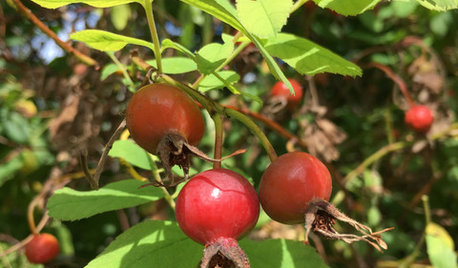
ROSESSmooth Rose’s Arching, Not-So-Thorny Canes Provide Beauty All Year
Plant Rosa blanda, native from the Great Lakes eastward, for its long bloom season, pollinator food and attractive red hips in autumn
Full Story
GARDENING GUIDESYes, You Can Grow Food in a Shady Yard
Your shady garden doesn’t have to be forever barren. Berries, herbs and other shade-loving plants can produce a delicious bounty
Full Story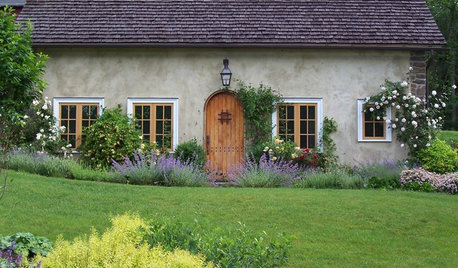
SMALL SPACESCottages: The Comfort Food of Architecture
Soul satisfying and as snug as a favorite sweater, a cottage knows how to roll out the welcome mat
Full Story
GARDENING GUIDESWhat Kind of Roses Should You Grow?
Want to add the beauty of roses to your garden? Find out which ones, from old-fashioned to modern, are right for you
Full Story
GARDENING GUIDESLearn the Secret to Bigger and Better Roses
Grow beautiful roses using both ordinary and unusual soil amendments
Full Story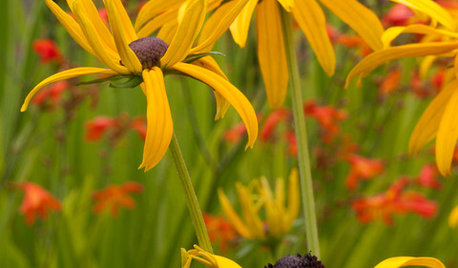
LIFEYou Said It: ‘Art Is a Lot Like Food’ and Other Houzz Quotables
Comments, advice, popular photos, lessons and spectacular views from this week
Full Story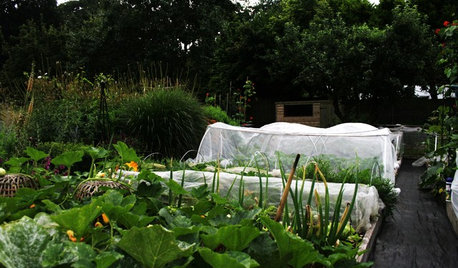
EDIBLE GARDENSFood and Community Thrive in a U.K. Allotment Garden
Get a peek at a rented garden plot in England where edibles and flowers mix and local residents can mingle
Full Story
APARTMENTSMy Houzz: London Living for an Architect-Turned-Food Stylist
We tour this unconventional designer’s apartment and find out why she loves her home kitchen
Full Story
SPRING GARDENINGHow to Grow a Rose Garden in Pots
Everything can come up roses, even without a plot of soil in sight. This step-by-step guide to growing roses in containers shows you how
Full Story
GARDENING GUIDES6 Wonderfully Easy Roses for Any Gardener
Look like an expert even if you're just starting out, with these low-maintenance gems of the rose world
Full StorySponsored
Columbus Design-Build, Kitchen & Bath Remodeling, Historic Renovations




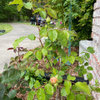

gardengal48 (PNW Z8/9)